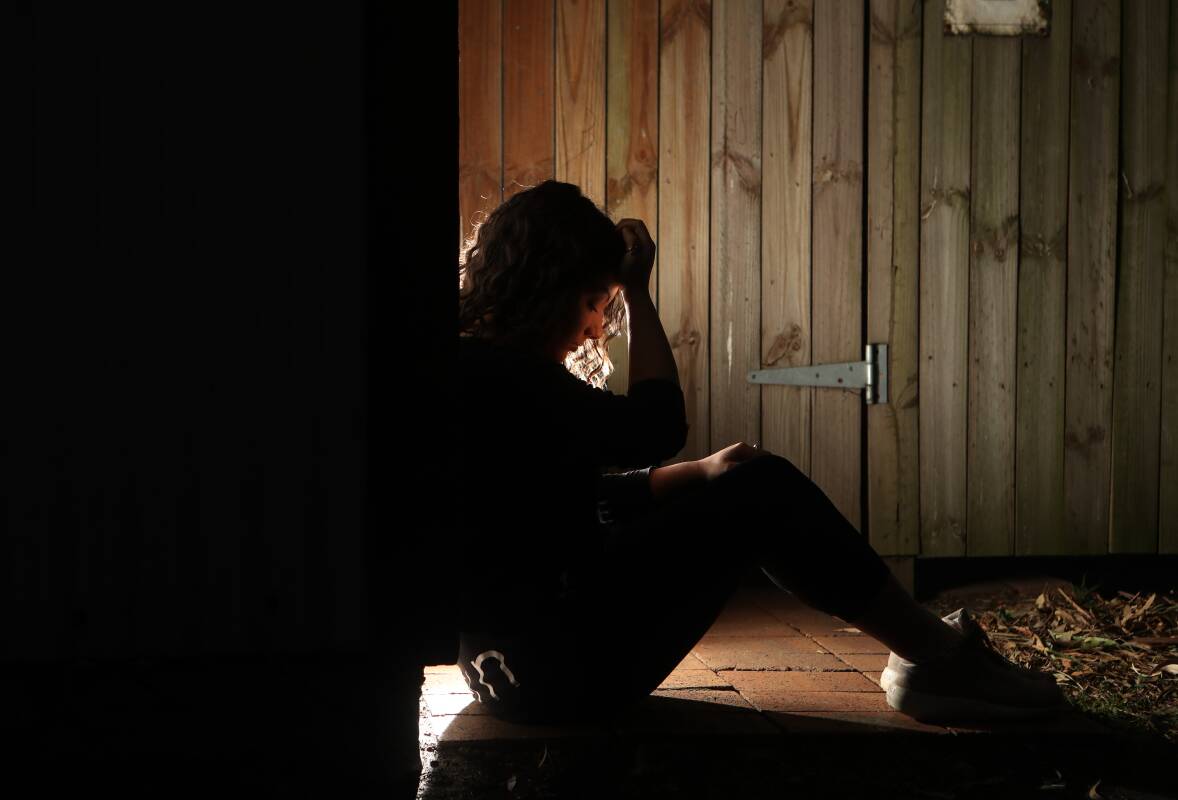
KIDS at risk are being reported at alarming rates across the Hunter Central Coast, with more than 350 identified every week as frontline staff numbers are dropping.
Nearly three quarters of the kids reported to authorities by Hunter New England health care workers in the three months to September 30, 2022, met the 'risk of significant harm' (ROSH) threshold, compared to just over half statewide, 72 per cent compared to 57 per cent.
More than one in five needed to be seen within 24 hours, many due to suspected cases of neglect. That was the cause of one third of all reports made by Hunter New England Local Health District staff during the quarter.
Across NSW, the year-on-year number of kids at risk reports has grown 12 per cent.
Overwhelmingly, babies who have not yet turned one are the most likely to be reported at risk of significant harm (21 per cent) when compared to any other age group.
Just a fraction of the thousands of kids being reported are being seen by a caseworker, leaving the rest to fend for themselves.
Of the 18,500 children living in the Hunter Central Coast region reported in the year to September, more than 14,000 (76 per cent) were not seen by a caseworker.
The number of kids at risk seen by a caseworker in NSW during the same year dropped by 8 per cent.
As the number of children and young people reported grew by 4.6 per cent on the previous quarter, and 13.6 per cent on the previous year (an additional 4,624 children and young people) the number of vacant caseworker positions has also grown.
During the past 12 months, the department's own figures show an increase of 100 vacancies.
Port Stephens MP Kate Washington, who met with caseworkers late last year, said in some regions workers had been directed not to look at new ROSH reports.
Ms Washington, NSW Labor spokeswoman for family and community services, said vulnerable children were paying "the tragic price".
"After 12 long years of the NSW Liberal National government, there are more children being reported as being at risk of significant harm in NSW than ever before," she said.
"Shockingly, 90,000 children in just one year, who were reported as being at risk of significant harm, were never even seen by a caseworker.
The Department of Communities and Justice (DCJ) caseworkers are stressed, overstretched and understaffed, she said.
"I've received incredibly disturbing reports of some DCJ offices being so understaffed, that caseworkers have been directed to ignore ROSH reports."
In a statement, a DCJ spokesperson said frontline staff were the backbone of child protection and out-of-home care services.
There were a record number of funded caseworker positions, a total of 2333, with a vacancy rate of four per cent. the statement said.
"DCJ has a robust caseworker workforce strategy in place to ensure any vacancies are filled as quickly as possible," it said.
"This includes concentrated and ongoing recruitment efforts including job expos, career fairs, information evenings, ongoing social media and print promotional campaigns and working with universities and educational facilities." Steps were also being taken to support, train, and retain staff, the statement said.
"The ongoing caseworker recruitment and retention efforts of DCJ highlights our commitment to address the needs of families where children are reported at risk of significant harm."
A lack of face-to-face contact with children at risk of neglect and abuse has long ago been identified as an ongoing concern by the NSW Ombudsman.
The Ombudsman's report into reviewable deaths in 2018/19 found that the proportion of children known to child protection services whose deaths were abuse or neglect-related has more than doubled over the ten-year period from 2010 (44 per cent) to 2019 (89 per cent).
To see more stories and read today's paper download the Newcastle Herald news app here.







